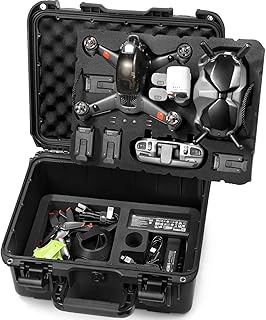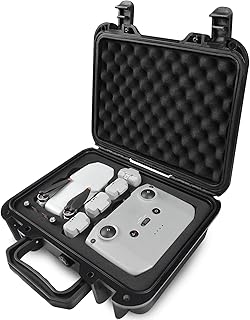Lekufee Drone for Beginners: A Step-by-Step Tutorial
This tutorial assumes you have a Lekufee drone and its accompanying controller, as well as a charged battery. Let's get started!
1. Unboxing and Charging
* Carefully unpack your Lekufee drone. Ensure all components are present, including the drone itself, controller, battery, charging cable, and any additional accessories.
* Charge the drone battery. Using the provided charging cable, connect the battery to a power source. The battery will typically take a few hours to fully charge.
* Charge the controller. Most controllers are powered by AA batteries. Insert fresh batteries into the controller compartment.
2. Initial Setup and Familiarization
* Connect the controller to the drone. Depending on your model, this may involve pairing via Bluetooth or a different method. Refer to the user manual for specific instructions.
* Familiarize yourself with the controller's buttons and functions. The controller will have buttons for takeoff, landing, throttle control, direction controls, and other features.
* Understand the drone's parts and functions. Study the drone's structure, including its propellers, camera, and landing gear.
3. First Flight in a Safe Environment
* Choose a safe and open space. Avoid flying near obstacles, power lines, or water. A park or empty field is ideal.
* Ensure the drone's propellers are clear. Check for any debris or obstructions that could interfere with the flight.
* Practice takeoff and landing. Start by gently lifting the drone a few feet off the ground and gradually increasing the altitude. Then, practice controlled landings by gently lowering the drone back to the ground.
* Control the drone's direction. Practice maneuvering the drone left, right, forward, and backward using the controller's joysticks.
4. Basic Flight Techniques
* Hovering: Once you've mastered takeoff and landing, practice hovering the drone in a stable position at a low altitude.
* Turning: Use the control sticks to gently rotate the drone clockwise or counter-clockwise.
* Adjusting altitude: Use the throttle control to gradually increase or decrease the drone's altitude.
5. Explore Advanced Features
* Camera control: Depending on your drone, you can control the camera's tilt, zoom, and photo/video recording functions using the controller.
* Flight modes: Some drones offer different flight modes like "Beginner Mode" for a more stable experience or "Sport Mode" for more agility.
* GPS features: If your drone has GPS, explore features like "Return to Home" and "Point of Interest" for automated flight paths.
6. Drone Care and Maintenance
* Store your drone safely. Keep it in a dry, dust-free environment when not in use.
* Clean the drone regularly. Use a soft brush or cloth to remove dirt or debris from the propellers, body, and camera lens.
* Inspect the battery. Check for any damage or signs of wear and tear.
* Update firmware. Keep your drone's firmware up-to-date for improved performance and functionality.
7. Tips for Beginners
* Start slowly and gradually increase your skill level. Don't be afraid to make mistakes.
* Practice consistently. The more you fly, the more comfortable and confident you'll become.
* Watch videos and tutorials. There are many resources available online that can teach you about different drone techniques and maneuvers.
* Join a drone community. Connecting with other drone enthusiasts can help you learn from their experience and share tips.
* Read the user manual. The user manual is your best resource for understanding your drone's features and capabilities.
Remember: Always fly responsibly and follow local laws and regulations regarding drone operation. Enjoy the exciting world of drone flying!


